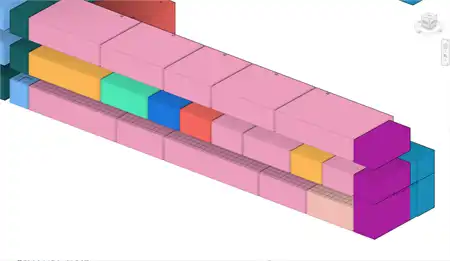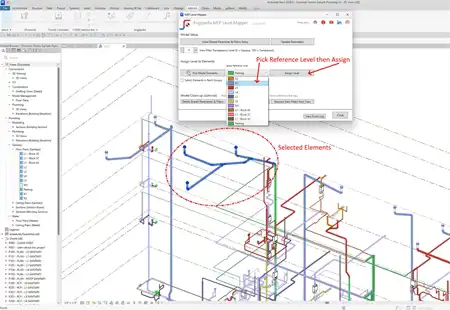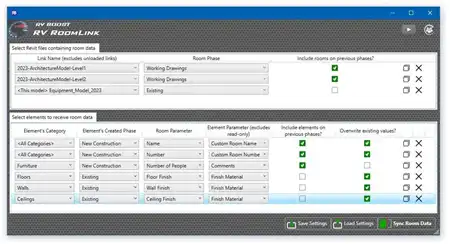About this app
Introduction
Revit users often encounter challenges when it comes to extracting structural layers from walls, floors, and foundation slabs in their models. The Engipedia Structural Layers plugin offers a solution to this problem by providing a streamlined workflow for isolating structural elements within Revit models. This review will delve into the features and functionality of the Engipedia Structural Layers plugin, highlighting its benefits and how it can enhance the modeling process for architects and structural engineers.

(Image by: engipedia)
Features and Functionality
The Engipedia Structural Layers plugin is an Autodesk Revit Add-in that allows users to extract structural layers from layered structures such as walls, floors, and foundation slabs. The plugin analyzes the types of walls and floors in the model, highlighting non-structural elements with a green background and identifying types with a single structural layer in the core with a blue background. Users can select the types from which the structural layers will be extracted, and the plugin will automatically generate a model with only the structural layers of walls and floors.
One of the key features of the Engipedia Structural Layers plugin is its ability to maintain the position of the structural layer within the model, ensuring that instances of each type retain their structural integrity. This feature is crucial for preserving the accuracy of the structural model and preventing any unintended changes to the overall design. Additionally, the plugin allows users to update the structural checkboxes of walls and floors, making it easier to filter and manage structural elements within the model.

(Image by: engipedia)
Workflow and Use Cases
The workflow of the Engipedia Structural Layers plugin is intuitive and user-friendly, allowing users to easily extract structural layers from Revit models without the need for manual adjustments. By selecting the desired types and running the plugin, users can quickly generate a model with only the essential structural elements, streamlining the modeling process and improving efficiency.
This plugin is particularly useful for architects and structural engineers who need to create accurate structural models or reference models for formwork plans. By isolating structural layers within walls, floors, and foundation slabs, users can ensure the structural integrity of their designs and make informed decisions during the construction phase.

(Image by: engipedia)
Conclusion
The Engipedia Structural Layers plugin offers a valuable solution for extracting structural layers from Revit models, providing users with a streamlined workflow and enhanced functionality for creating accurate structural models. By simplifying the process of isolating structural elements within walls, floors, and foundation slabs, this plugin can help architects and structural engineers improve the quality and efficiency of their design process. Overall, the Engipedia Structural Layers plugin is a must-have tool for anyone working with Revit who wants to optimize their workflow and create precise structural models.

(Image by: engipedia)


















